The medicinal plant growing model is the economic spearhead of the people of Sa De Phin commune, Sin Ho district.
In recent years, the district government has proactively reviewed and selected production industries that are suitable for the natural conditions and labor practices in each area. At the same time, it has implemented programs to support the conversion of crop and livestock structures, develop collective economy, and link production according to value chains... Thousands of Sin Ho workers have been trained in vocational skills, many new economic models have been born, creating stable jobs and improving the competitiveness of the locality in the period of administrative restructuring.
Currently, the whole district cultivates over 6,000 hectares of rice, nearly 5,000 hectares of corn, with food output reaching 47,258 tons. The area of fruit trees has been expanded by 115 hectares, mainly pineapple, orange, and mango. Many production models linked to the value chain have been built, such as Nam Tam pineapple area, Ma Quai tea, medicinal herb areas in Sa De Phin, Phang So Lin... initially bringing about clear economic efficiency, creating regular jobs for thousands of rural workers. Vocational training activities, transfer of production techniques, and support for market connections are regularly promoted, aiming to improve production levels and market access for the majority of local people.
Currently, the average income of Sin Ho is over 38.5 million VND/person/year, an increase of 6% compared to the previous year; the poverty rate has decreased to 5.4%. Since the beginning of 2024, the district has organized vocational training for 525 workers, created new jobs for more than 1,200 people, specialized production areas associated with product consumption, tourism development... are built separately according to the strengths of each region.
Ms. Tan My Dao - Zone 1, Sin Ho town said: “Previously, my family only made medicinal herbs. This year, we developed a model of growing tomatoes in greenhouses in association with businesses. Each crop, I earn nearly 200 million VND, after deducting expenses, I still make a profit of about 120 million VND. Not only my family, many other households in the area also have stable jobs, and people's lives have changed significantly.”
According to statistics from the District Department of Agriculture and Environment, from 2024 to present, the average income of households participating in the linked production model has increased from 1.3 to 1.5 times compared to the average income of the whole district. In addition to agricultural production, the trade, service and handicraft sectors have also received attention from authorities at all levels to develop in order to diversify livelihoods and increase employment for people. OCOP products such as Sin Ho honey, Nam Tam pineapple, Sa De Phin tea... are widely promoted, contributing to expanding the consumption market and creating more jobs for local workers. Currently, the whole district has 21 OCOP products with 3 stars or more, attracting more than 600 regular workers to participate in the production, processing and consumption chain of products.
Mr. Vu Van Cuong, Vice Chairman of Sin Ho District People's Committee said: "The district identifies economic development associated with job creation as a fundamental solution to stabilize the population, maintain local resources, and at the same time create new development momentum. Economic models will continue to be replicated, closely linked with vocational training and product consumption linkages so that people can feel secure in production and gradually become rich in their homeland."
According to the plan by the end of 2025, Sin Ho district strives to create new jobs for about 1,300 workers, provide vocational training for 600 rural workers, and increase the rate of trained workers in the district to over 57%. Currently, the policy of economic development associated with job creation is becoming urgent, not only to ensure population stability but also to create new momentum to promote socio-economic development in each locality.
Source: https://baolaichau.vn/kinh-te/tap-trung-phat-trien-kinh-te-tao-viec-lam-cho-nguoi-dan-510523



![[Photo] Hungarian President and his wife take a walk and enjoy the view of Hoan Kiem Lake](https://vphoto.vietnam.vn/thumb/1200x675/vietnam/resource/IMAGE/2025/5/28/b9c83fbe6d5849a4805f986af8d33f39)
![[Photo] Welcoming ceremony for Hungarian President Sulyok Tamas and his wife on an official visit to Vietnam](https://vphoto.vietnam.vn/thumb/1200x675/vietnam/resource/IMAGE/2025/5/28/7956bacf4a3e4bde8326cb8f72a3b26c)
![[Photo] President Luong Cuong holds talks with Hungarian President Sulyok Tamás](https://vphoto.vietnam.vn/thumb/1200x675/vietnam/resource/IMAGE/2025/5/28/0f603676be6444aa9f52d4bd32582b4d)

![[Photo] Close-up of the project connecting 3 key highways in the South](https://vphoto.vietnam.vn/thumb/1200x675/vietnam/resource/IMAGE/2025/5/28/c4b0bc977e964bb79d08b4e836974495)

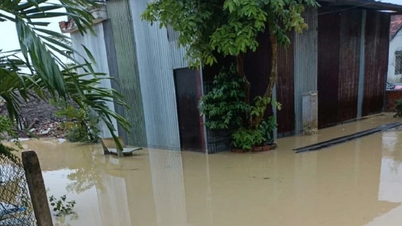

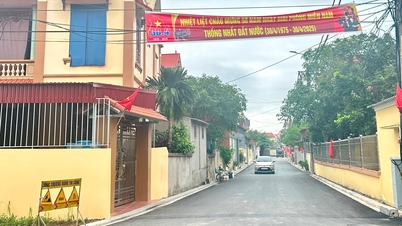

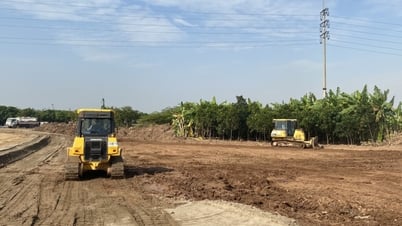

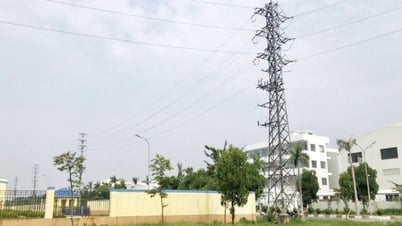
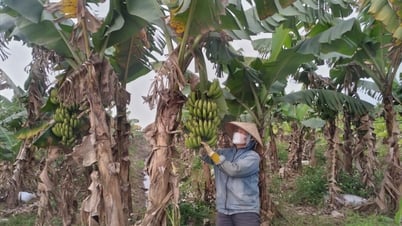






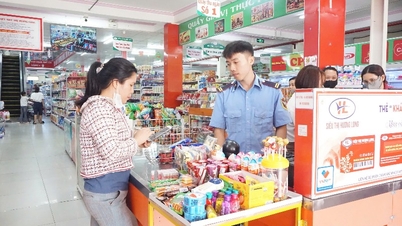
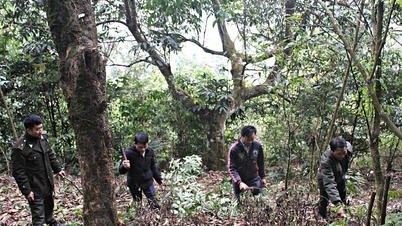
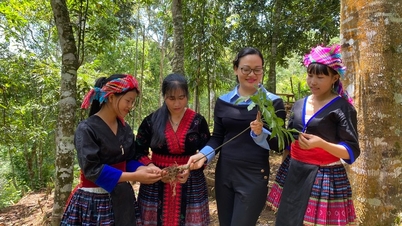
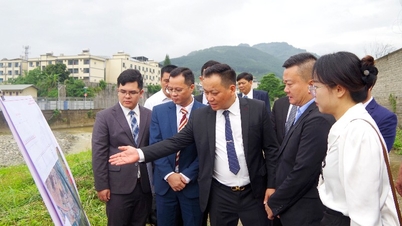

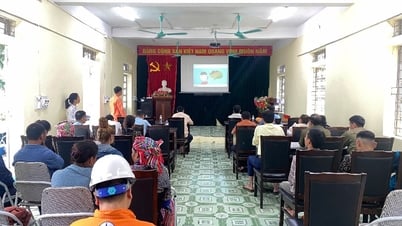
![[Photo] Hungarian President begins official visit to Vietnam](https://vphoto.vietnam.vn/thumb/1200x675/vietnam/resource/IMAGE/2025/5/27/ab75a654c6934572a4f1a566ac63ce82)






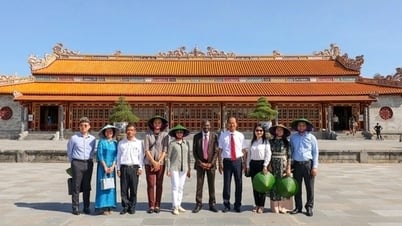





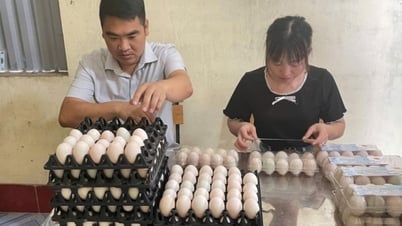











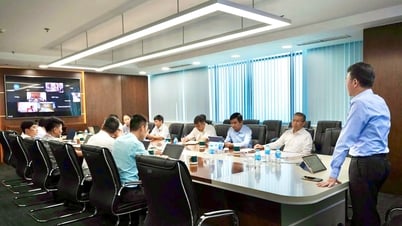
![[Case Study] VIMC – 30-year journey of overcoming waves and reaching far](https://vphoto.vietnam.vn/thumb/402x226/vietnam/resource/IMAGE/2025/5/28/ac45a93a62884eec85471e6c89ef521a)
















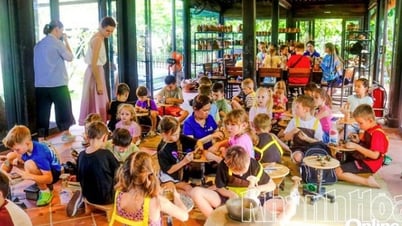
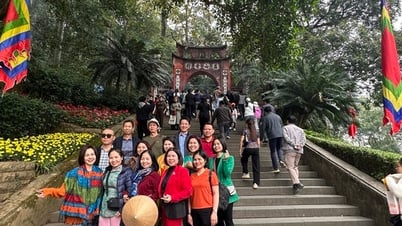





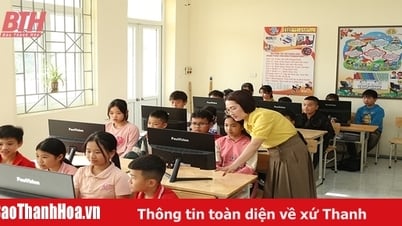





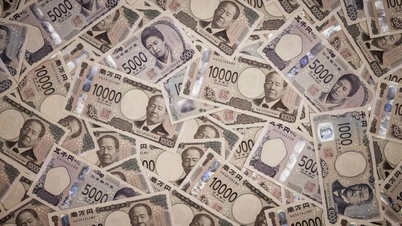
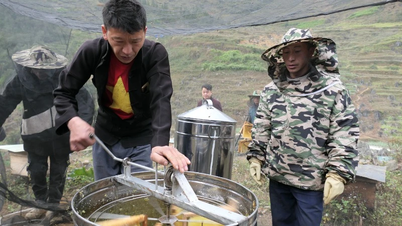

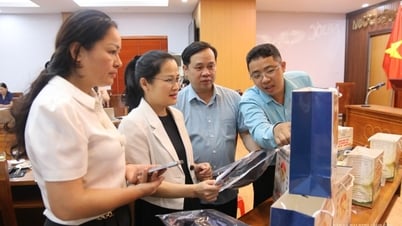

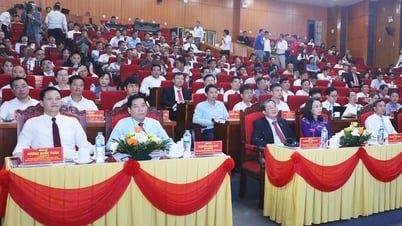
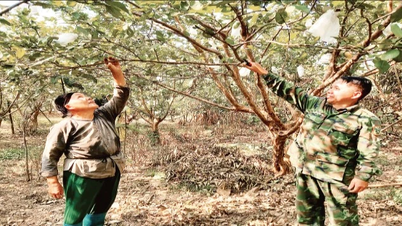
Comment (0)